On those occasions when I bake or rotisserie a roast, often I don’t know what to do with the leftovers. Well, sometimes anyway. With a beef roast, I suppose you could make hash or sandwiches or open faced sandwiches. A roast chicken is another thing altogether – I don’t have any difficulty finding options for that. I’m talking about a lamb roast or pork roast. Often the meat isn’t all that moist anymore, so unless I’ve made some kind of sauce for the meat the first go-around, I’m left with a hunk of meat and big question marks in my head about what to do with it. We’re certainly not going to waste it, but serving just slices of cold roast pork or lamb doesn’t work around my house. Maybe once, but that’s it. My DH doesn’t complain – he’s SO good about eating whatever I put in front of him, generally, but dry, sliced, cold meat isn’t something that ranks high in his book of good meals. Or mine either, for that matter.
So, I have two recipes to share with you today about this leftover meat problem. The first one, the Marchand de Vin, comes from a favorite little book I own that’s eons old. I bought it used, years and years ago for $2.88. It’s called Sumptuous Sauces in the Microwave, by Patricia Tennison. If you click on the link above, you’ll get to a Google search results page with dozens of listings for her book. It’s out of print, but you can buy it used – cheap – if you’re interested. I love this little book which contains recipes for stocks, white sauces, veloutes, brown sauces, hollandaise, butter sauces, wine and beer sauces (that’s the chapter this recipe came from), gravies, pasta sauces even, a few barbecue sauces, even some veggie and salad dressings and condiments. And, last but not least, some dessert sauces (which I’ve made many times). And every single one of them is cooked (in part or full) in the microwave. What I like about them is that they’re quick and easy. When I’m preparing a leftover meal, I’m usually into QUICK things. Knowing I have leftovers makes me lazy – often I don’t start preparing dinner until 15 minutes before I want to eat. So these sauces work for me.
This particular recipe, the Marchand de Vin, in French, means Wine Merchant’s Sauce. It’s simple – shallot, butter, red wine, stock, cognac, lemon juice and thickened with cornstarch. Ideal for any grilled or roasted meat, really. You’ll find lots of different versions of this sauce if you search on the internet – some contain ham, and mushrooms (they are a nice addition to this, actually, if you have them). You can heat up the meat in the microwave, then pour the sauce over it. In and of itself this sauce isn’t something from a gourmet restaurant, but it’s tasty enough – will give meat some moisture. Be careful and don’t add too much lemon juice. If it’s too thick when you’re done, just stir in some hot water until it’s the right consistency for pouring.
The rosemary-garlic stuffed pork loin roast leftover slices heating in a skillet. I made this along with our favorite garlic green beans.
The Leftover Sauce (now, isn’t that a glamorous title? – I should give it some high-fallutin’ new name instead) is a tomato juice-based sauce, but has onion and celery in it, and a bit of chili powder and a little plop of vinegar to give it some zing. My only caution – tomato juice (or sauce if you use that instead) often contains lots of salt. Try to choose one with no or little salt in it to begin with, then you can season it however you’d like to. This one is made in a frying pan and once it’s simmered for 25 minutes or so, you add the meat slices to the pan just to heat through. If you have leftover mashed potatoes too, make more sauce so you can spoon it over those as well. This recipe came from a friend of my mother’s, Mary W., from about 1971. Tried and true, that’s what it is.
printer-friendly PDF (includes both recipes)
Leftover Sauces for Meat
Recipe: Marchand: from Sumptuous Sauces in the Microwave, by Patricia Tennison. Leftover Sauce: from an old family friend, Mary W.
MARCHAND DE VIN:
1 Tablespoon butter
2 tablespoons shallot — finely minced
1/3 cup dry red wine — such as burgundy
1 cup beef stock — or broth
1 tablespoon cornstarch
2 tablespoons water
1 tablespoon cognac
1 tablespoon lemon juice
1/8 teaspoon salt — optional
1/8 teaspoon freshly ground black pepper — optional
Mushrooms, if you have them
1. Place butter and shallot in 4 cup glass measuring cup. Microwave on high 1-2 minutes, until softened but not brown.
2. Stir in red wine and stock. Microwave on high 15-18 minutes, until reduced by half.
3. In a cup, mix cornstarch with water and blend until a smooth paste. Stir into wine mixture (and add mushrooms if you’re using them). Microwave on high 1-2 minutes, until thickened. Stir in cognac, lemon juice and taste for seasonings (salt and pepper). Add water if it’s too thick.
LEFTOVER SAUCE:
2 tablespoons oil
1/4 cup onion — chopped
3/4 cup celery — chopped
1 tablespoon brown sugar
3/4 teaspoon dry mustard
1 1/2 teaspoons salt — or no salt depending on juice or sauce used
1/2 teaspoon chili powder
3 tablespoons vinegar
1 1/2 cups tomato juice — or 1/3 cup tomato sauce + 2/3 cup water
1. In a large frying pan, sauté onion and celery in the oil until vegetables are soft and translucent, about 4-8 minutes.
2. Add sugar, dry mustard, salt and chili powder. Stir to combine, then add vinegar and tomato juice. Bring to a boil, then reduce heat and simmer for about 25 minutes. Add sliced meat to the pan and heat through. Do not cook meat, just warm it through. Add water if sauce is too thick.





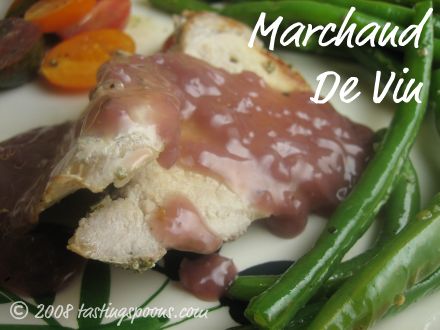
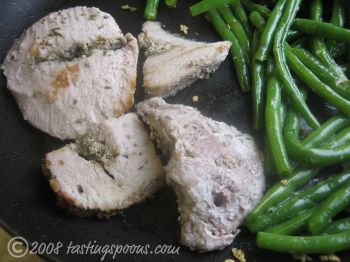

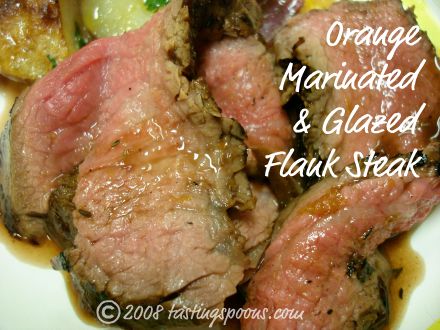
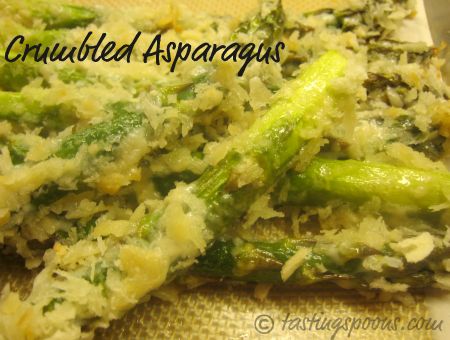
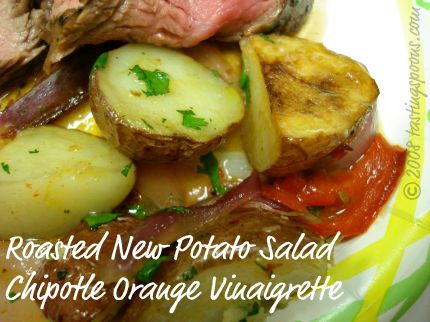
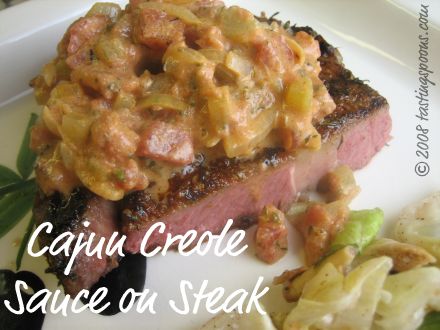
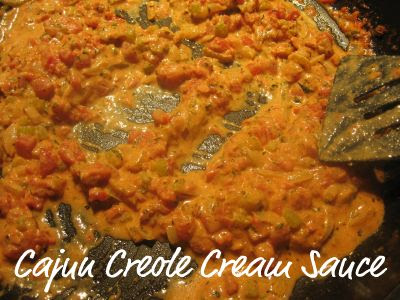
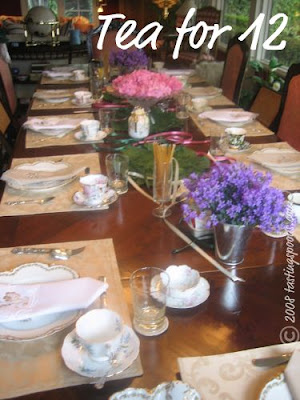
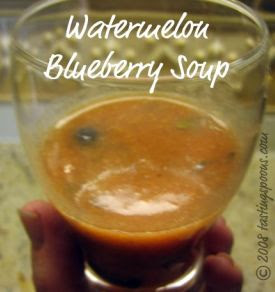


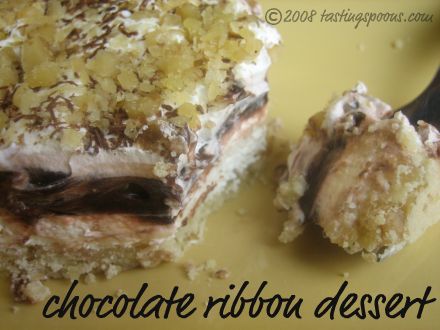
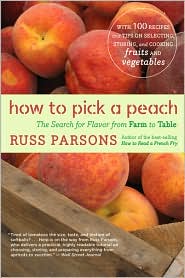
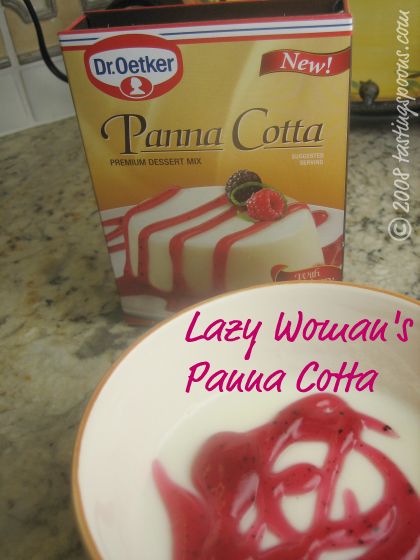
Leave a Comment!